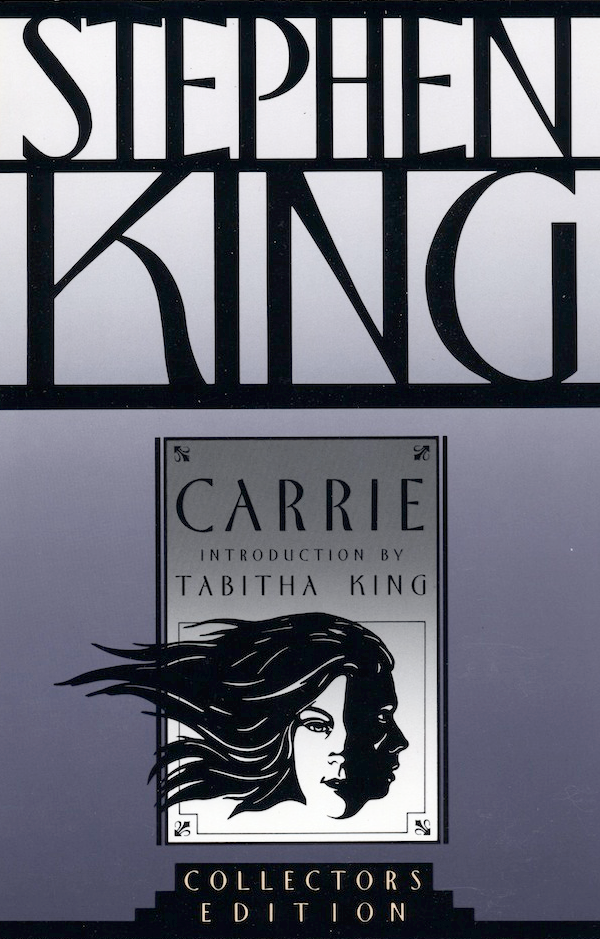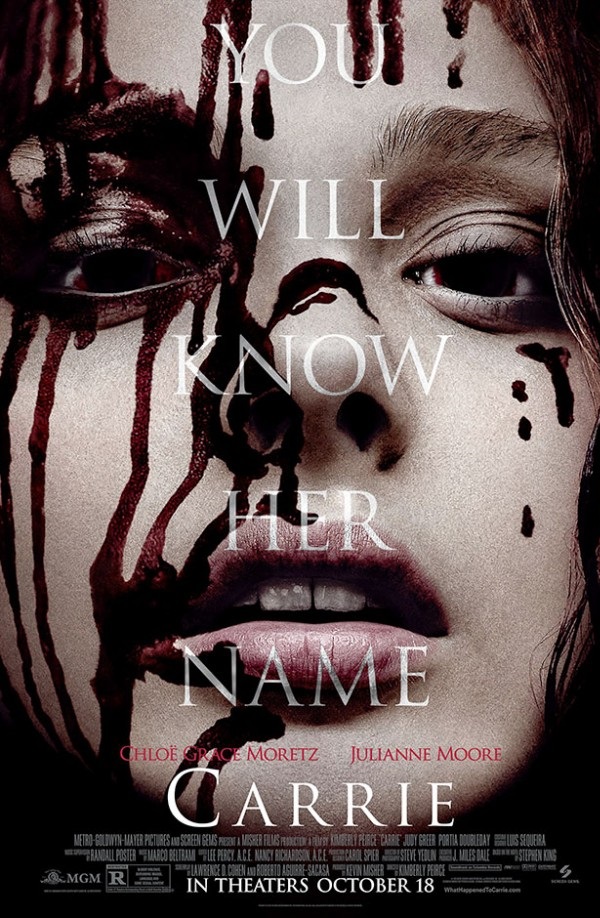Stephen King is a name almost synonymous with horror. Several of his novels revolve around at least one protagonist that’s a victim of bullying. Bullying is seen everywhere. Everyone has experience with bullies, whether personal or as an onlooker. From gender, to religion, to being shy, to orientation, bullies find a way to mark differences as being bad. King has a made a career out of going against this ideal, and showing the horror of bullying.
On the surface, Stephen King’s 1983 novel, Christine, is the story of a demonic car that possesses it’s new owner. But underneath the surface, the author is telling more than a horror story. The new car owner, Arnie, is also a victim of bullying, by Buddy, which plays a big part into his story as the possession starts to take hold. The 1986 It focuses on a group that consists of a boy being bullied for his weight, an asthmatic hypochondriac, a boy with a stutter, and four who call themselves the Losers Club, who battle a demonic fear creature. This group of friends is bullied by Henry Bowers for the various reasons listed.
Though it’s really King’s first published novel, Carrie, that shows the author’s opinion on bullying, through the repercussions teenage Carrie experiences. The titular character is under constant harassment by a group of a popular kids, and at home with her overly religious mother. Of course, being a Stephen King novel, this is balanced with Carrie struggling with telekinetic powers, and using those abilities to seek vengeance on everyone that mistreated her.

Source: Amazon
“Carrie changed the paradigm by announcing a very American form of horror that broke with the past,”said author Jeff VanderMeer about the novel.
Readers of Stephen King can easily take note of bullying throughout several of his works, often playing a central part to a character’s arch. The novels also offer another similarity: the bullies suffer. They either die at the hands of the horror, or are deeply damaged by the events. (Carrie has the classic prom scene where she is covered in pig’s blood by her evil popular peers, only to snap and destroy almost everything in her path. This is no coincidence.)
Stephen King gave teenagers and adults an outlet to deal with bullying, primarily in the 1970’s and 80’s, as well as the rare blunt truth of the outcome. King doesn’t sugarcoat the damage that occurs to the characters. His stories may be supernatural, but they’re honest. The characters of Carrie and Arnie slowly degrade mentally throughout their novels, going from victims to monsters themselves. King uses characters that can be described as safe to share Carrie and Arnie’s stories, but this isn’t playing it safe. Through other characters, King gives his readers a view at the dangers of ‘accepting’ the reality of bullying.

Source: Amazon
“As such, King offered teenagers in the 80’s and 90’s what today’s well-meaning authors do not: a view of the ugliness and anger bullies impart upon their victims, and the disfiguring effect that can have on everyone involved,” said Tom Blunt.
The anger of King’s characters is another message: it’s a timeless creature that eats away at your life which is clear through the end for Carrie in particular. One thing to always remember about King is that he chooses to write horror. It’s no accident that these stories of bullies and underdogs are through a horror lens. Whether you see it as a scary story, or a metaphor, there is still the hope that when someone picks up a Stephen King novel, the message they receive is the cautionary tale of letting bullying continue. As bullying becomes more dominant in society, with easier ways to do so through social media and technology, authors like Stephen King are essential to help those dealing with it. King isn’t afraid to show bullying for what it is: a horror story.
If you haven’t read any novels by Stephen King, add him to your 2017 TBR!
YouTube Channel: PBS NewsHour
Featured image via Stephen King Wiki
h/t Signature



